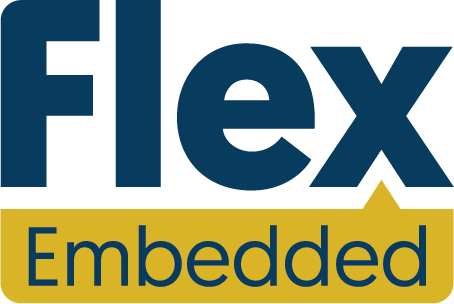Embedded Insurance at Checkout: A Game-Changer for Millennial and Gen Z Consumers
In today's fast-paced and ever-evolving digital landscape, convenience is key. This is particularly true for younger generations, such as millennials and Gen Z consumers, who have grown up in an age of instant gratification and expect seamless and streamlined experiences in all aspects of their lives. From shopping and banking to insurance, these generations want to do it all from their smartphones and laptops, and in a matter of minutes.
That's why offering embedded insurance at checkout is becoming increasingly popular and is poised to revolutionize the insurance industry. By integrating insurance into the purchasing process, companies are providing their customers with a more convenient and straightforward way to obtain coverage, and they're winning the hearts and minds of millennial and Gen Z consumers in the process.
What is Embedded Insurance at Checkout?
Embedded insurance is a relatively new concept that involves offering customers the option to purchase insurance coverage alongside the products they are buying. The insurance is usually provided by a third-party insurance company, and the process of purchasing it is integrated into the checkout process of the product.
For example, let's say you're buying a new smartphone from an online retailer. During the checkout process, the retailer will offer you insurance coverage for your phone. You can choose to add it to your purchase for an extra fee, and if you do, you will be fully covered in case your phone is damaged, lost, or stolen.
Why is Embedded Insurance Appealing to Younger Generations?
Convenience: One of the biggest draws of embedded insurance at checkout is its convenience. Younger generations are always looking for ways to streamline their lives and make things easier, and this is no exception. By offering insurance at checkout, companies are making it possible for their customers to obtain coverage without having to go through the hassle of shopping for insurance, comparing quotes, and filling out endless forms.
Quick and Simple: Insurance can be a complex and confusing process, and many people are intimidated by it. By offering embedded insurance, companies are making it quick and simple for their customers to obtain coverage. With just a few clicks, customers can be fully covered and have peace of mind.
Trust: Trust is a big issue for younger generations, and they are often wary of insurance companies that they don't know. By integrating insurance into the checkout process, companies are giving their customers the assurance that the insurance is legitimate and that they can trust the company they are buying it from.
Affordable: Insurance can be expensive, and many people are hesitant to spend money on something they may never use. By offering embedded insurance, companies are making it possible for their customers to obtain quality coverage for a fair price.
Customizable: Embedded insurance is highly customized. Customers are offered coverage that is right for them and their needs. This allows customers to get exactly what they need, without having to pay for anything extra.
What Does the Future Hold for Embedded Insurance?
The future of embedded insurance is bright, and it's poised to revolutionize the insurance industry. As more and more companies embrace this model, it's likely that we'll see an increase in the number of options available to customers, and we can expect the process of purchasing insurance to become even more seamless and streamlined. This trend is in line with the general shift towards digital transformation and the adoption of new technologies, and it's expected to continue in the coming years.
Additionally, we can expect to see an increase in the number of insurance products available at checkout, including coverage for a wide range of products, such as; electronics, pet, vision, jewelry, event and travel insurance. This will provide customers with even more options and will help to make insurance more accessible to a wider range of people.
In an era where technology and convenience are driving consumer behavior, embedded insurance at checkout is a solution that speaks directly to the needs and desires of younger generations. By embracing this model, companies can not only attract new customers but also improve customer satisfaction and loyalty.










